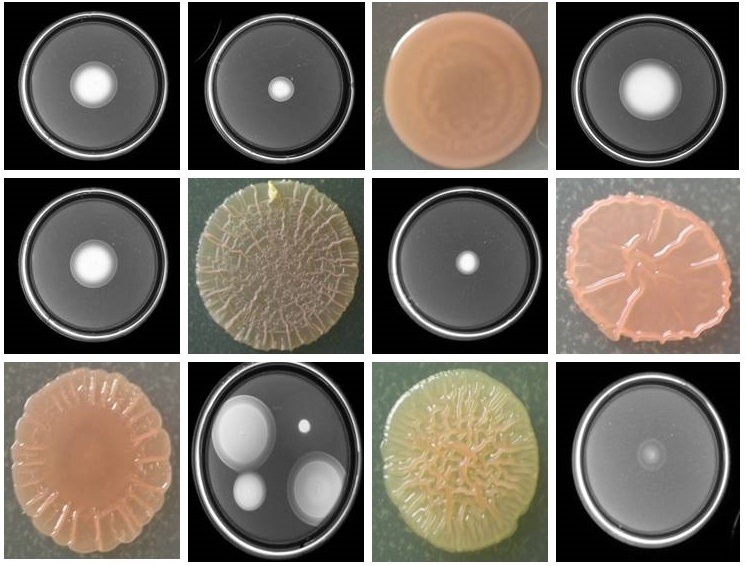
My lab is interested in the strategies that motile bacteria use to sense and navigate in their environment. Our research focuses on the metabolically versatile soil diazotroph, Azospirillum brasilense. These bacteria are able to survive in the soil and to colonize the roots of diverse cereals and grasses to establish commensal associations, which are often beneficial to plant growth. A. brasilense has several features that make it useful as a representative model to understand commensal plant-microbe associations, including several chemotaxis pathways. A long term goal of the lab is to decipher the temporal dynamics and molecular mechanisms underlying the strategy A. brasilense uses to colonize the roots of plants and survive in the soil.
